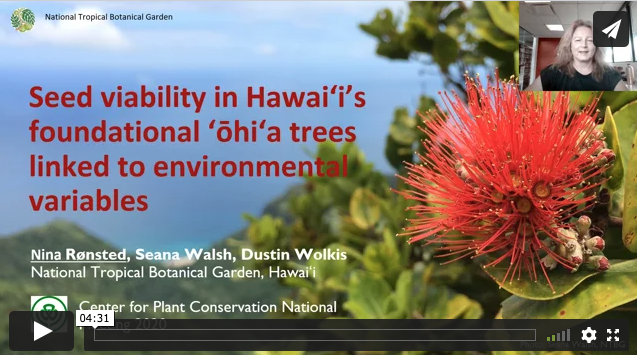
Nina Rønsted, National Tropical Botanical Garden Climate can play a critical role in plant physiological processes at all life stages, but investigations into climate effects often focus on only adult life stages. However, climate can influence seed development and germination, which can in turn strongly affect community dynamics. Native Hawaiian Metrosideros spp. (Myrtaceae; ʻōhi‘a,; 13 […]
Read More…
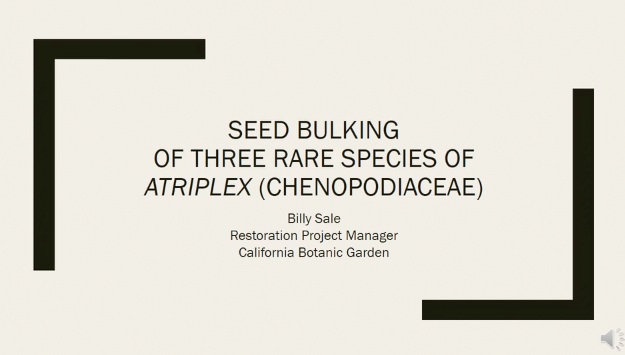
Billy Sale, California Botanic Garden California Botanic Garden (CalBG) is in the process of seed bulking three rare species of Atriplex from populations originating in southern California. Atriplex coronata var. notatior (G4T1), Atriplex parishii (G2G3) and Atriplex serenana var. davidsonii (G5T1). To better inform the project, propagation trials were performed prior to seed bulking in order to examine germination pretreatments. Gibberellic acid was identified as the most […]
Read More…
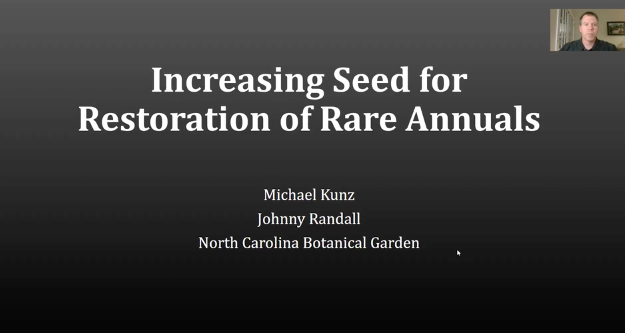
Michael Kunz, North Carolina Botanical Garden Populations of rare plants can fail to produce enough, or any, seed to support reintroduction efforts. This is particularly true for rapidly declining or recently extirpated species or populations. One solution to this problem is to increase the number of seeds through ex situ propagation and seed collection. Amaranthus pumilus is a federally endangered […]
Read More…
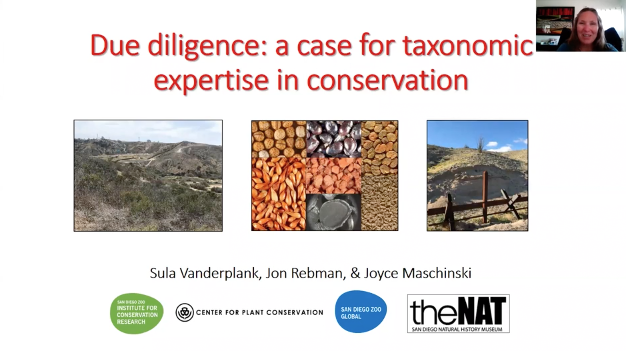
Sula Vanderplank, San Diego Zoo Global The cross-border seedbanking initiative affectionately known as ‘Baja Rare’ targets around 65 taxa that are documented to be rare, threatened or endangered both sides of the MX/US border. Many of these plants are far better-known in the US than in Mexico and as a result, our program has had to […]
Read More…
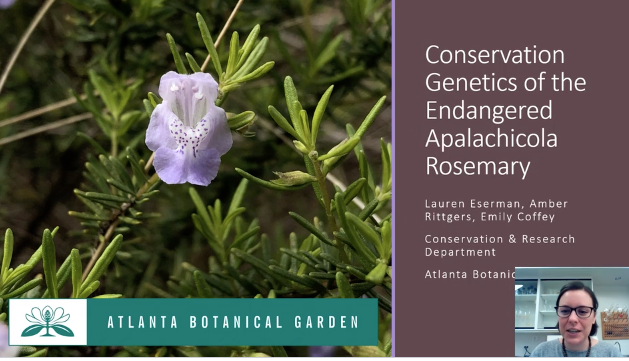
Lauren Eserman, Atlanta Botanical Garden Conradina glabra, or Apalachicola rosemary, is a federally listed endangered species that exists only on a small area of sandhill in Liberty County, Florida. Forestry practices in the last 100 years have resulted in declining populations of C. glabra. In the wild, plants produce very few seeds, but small plants that resemble seedlings […]
Read More…
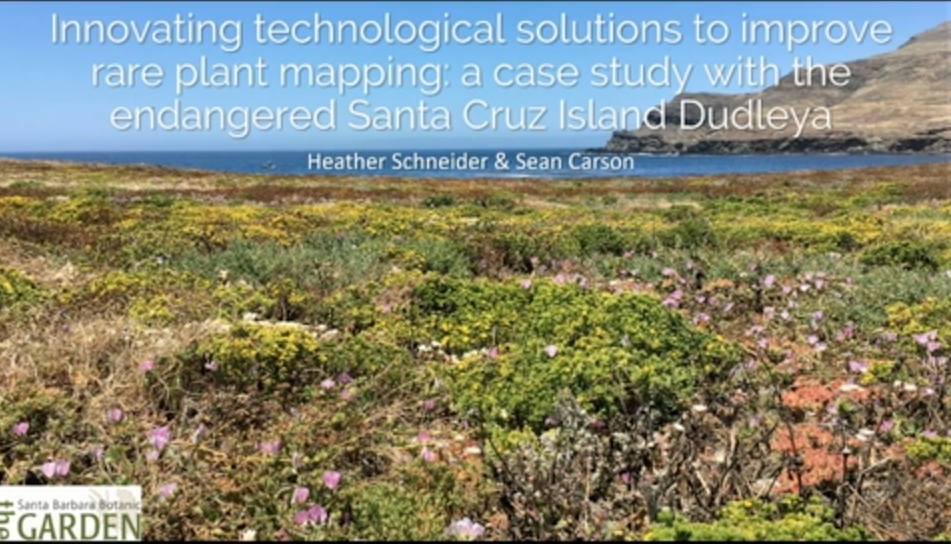
Heather E. Schneider, Sean A. Carson, Santa Barbara Botanic Garden Documenting the abundance and distribution of rare plants is a critical first step in the the conservation of wild populations. The methods used to map plants on the landscape have changed dramatically over time. Biologists have progressed from providing locality descriptions and marking plant locations […]
Read More…
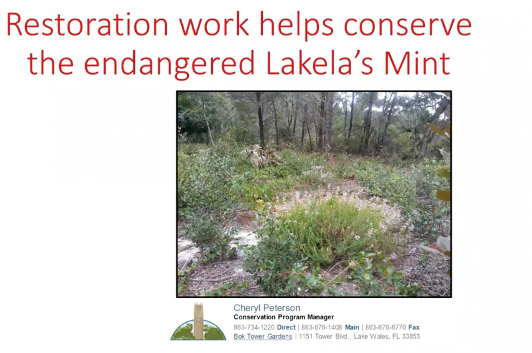
Cheryl Peterson, Bok Tower Gardens Dicerandra immaculata var. immaculata (Lakela’s Mint) (Lamiaceae) is a short-lived perennial endemic to the Atlantic Coastal Ridge. It has only a three-mile historical range and few remaining populations. Population modeling predicts near complete loss of plants within eight years unless habitat is improved enough to support large enough populations to withstand stressful events such […]
Read More…
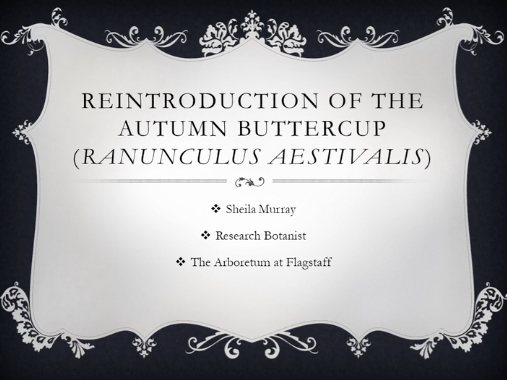
Sheila Murray, The Arboretum At Flagstaff Despite our best laid plans, conserving rare plants in their natural context produces many unforeseen challenges. This session shares the challenges associated with three rare plant reintroduction efforts in drastically different ecosystems: Florida, Arizona, and coastal California. […]
Read More…
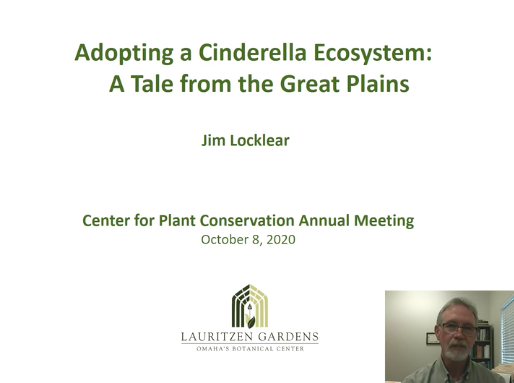
While our plant conservation work is primarily focused on individual at-risk species, Lauritzen Gardens has taken on an unanticipated role as authority and advocate for one of our region’s most biodiverse but underappreciated ecological systems. Sandsage prairie is a shrub-steppe community dominated by sand sagebrush (Artemisia filifolia). Sandsage prairie occupies an estimated 5 million hectares […]
Read More…
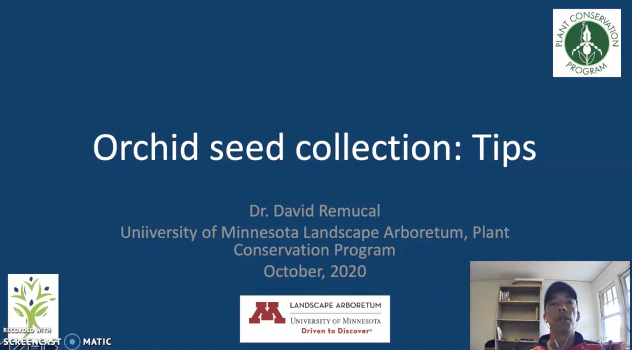
David Remucal, University of Minnesota Landscape Arboretum While many seedbanks avoid working with orchids, more groups are taking them on, or collecting them for groups that are. Collecting rules and protocols are not different for orchids but there are enough complexities in their biology to intimidate collectors new to orchids. Orchid seeds are the smallest in […]
Read More…

Dr. Valerie Pence, Cincinnati Zoo & Botanical Garden Although there are published protocols for initiating shoot cultures for over 20 oak species, the cryopreservation of oak shoot tips has not been reported. We have applied the droplet vitrification protocol to four species of oaks, including the endangered Q. hinckleyi, in order to evaluate the feasibility of […]
Read More…
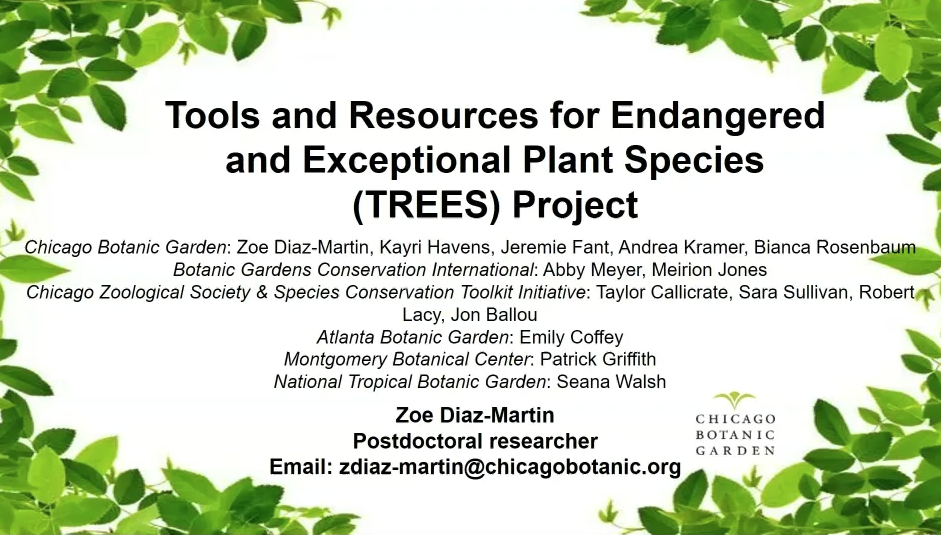
Zoe Diaz-Martin, Chicago Botanic Garden As global biodiversity continues to decline, how can we ensure the long-term conservation of exceptional plant species? Our collaborative project is addressing this question by developing tools and resources that will position botanic gardens as key players in global plant conservation. In adopting the successful framework used in the zoological community, […]
Read More…
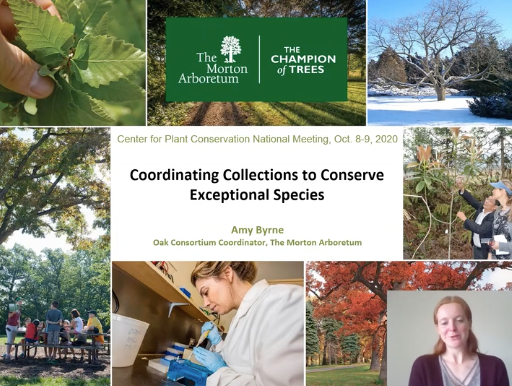
Amy Byrne, The Morton Arboretum A 2019 study by Griffith, et al. showed that gardens must collaborate to conserve genetic diversity, especially for exceptional species whose seeds cannot be conventionally seed banked. This process of capturing the genetic diversity of exceptional species in ex situ collections requires a tailored strategy for each species, emphasizing the need […]
Read More…
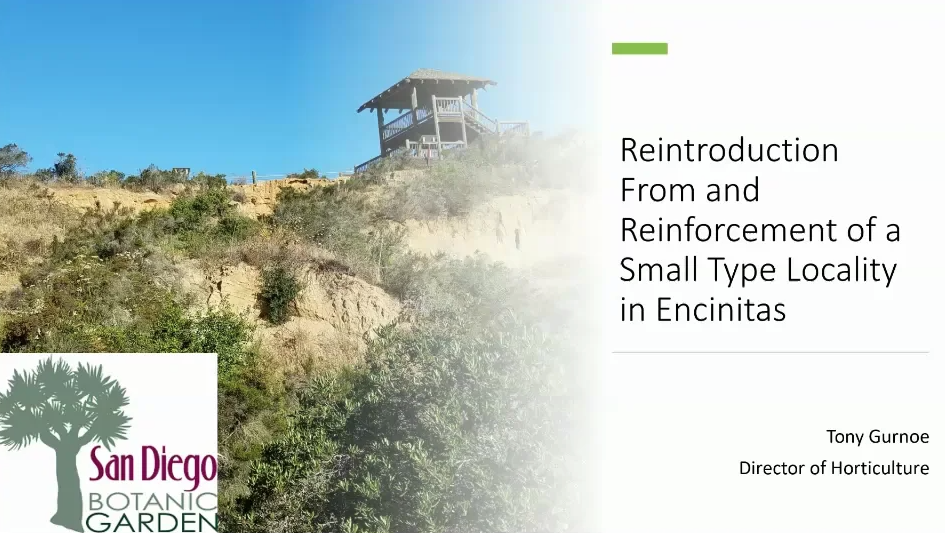
Tony Gurnoe, San Diego Botanic Garden Baccharis vanessae, Encinitas baccharis, was originally described from a small population in Encinitas, California, just a couple of miles from the San Diego Botanic Garden (SDBG). The last individual to live within the garden was documented in 1997 and has not been observed since. The nearby type locality has also dwindled […]
Read More…
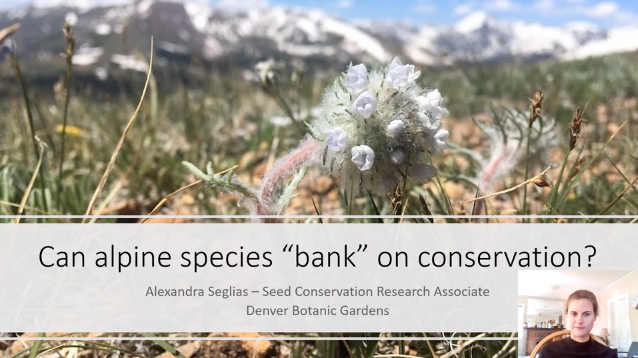
Alex Seglias, Denver Botanic Gardens Plant biodiversity is being lost at an accelerated rate. To conserve native plants, many institutions are turning towards ex situ conservation methods, such as storage in seed banks. However, not all seeds are able to survive in seed bank conditions or they may be short-lived. Alpine species in Italy and Australia […]
Read More…
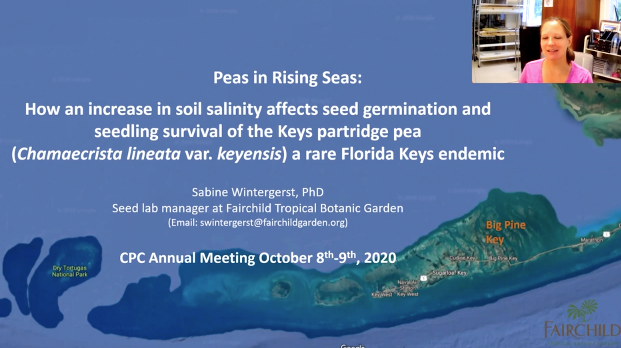
Sabine Wintergerst, Fairchild Tropical Botanic Garden The only known remaining populations of the Keys partridge pea (Chamaecrista lineata var. keyensis) are found within the imperiled pine rockland habitat on two islands of the Florida Keys. Like other low-lying islands, the Florida Keys are especially threatened by sea level rise. As a consequence, soil salinity levels will […]
Read More…
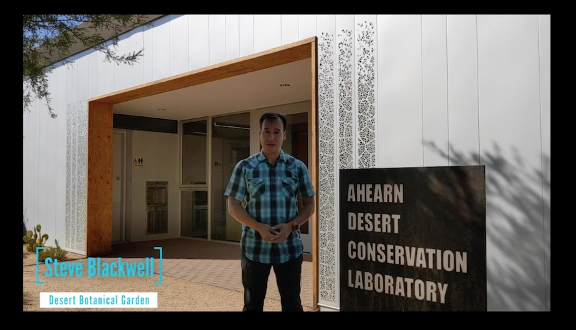
Steven Blackwell, Desert Botanical Garden Seeds are as diverse and beautiful as the plants from which they derive. However, due to their size and scale their details are often overlooked. Using macrophotography techniques the Seed Photography Lab (SPL) at the Desert Botanical Garden creates magnified, high-resolution digital images of seeds that can yield valuable information […]
Read More…
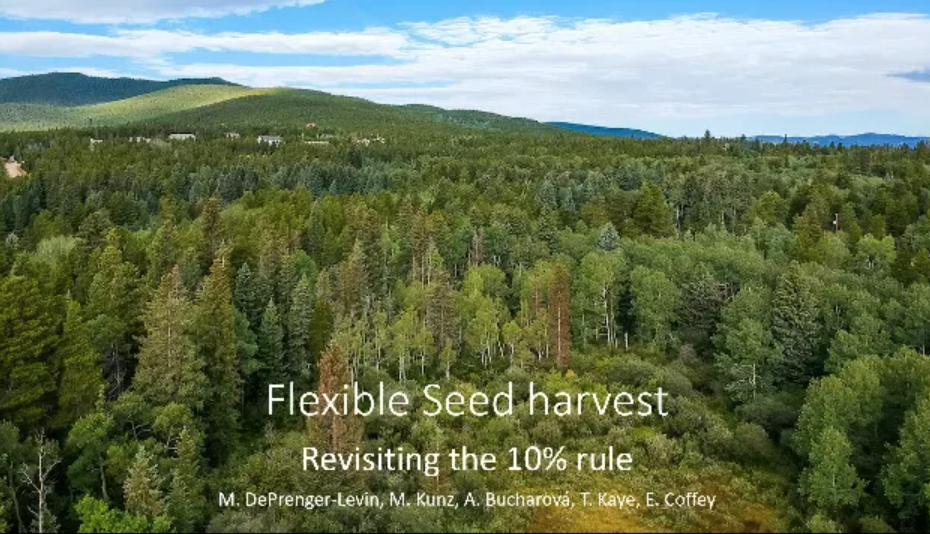
Seed collection is a vital conservation method used to ensure global food security by maintaining a source of genetic diversity in food crops and prevent the loss of biodiversity from natural or anthropogenic events that cause the extirpation of small populations. The Global Strategy for Plant Conservation facilitates global and national level plant conservation strategies […]
Read More…

















